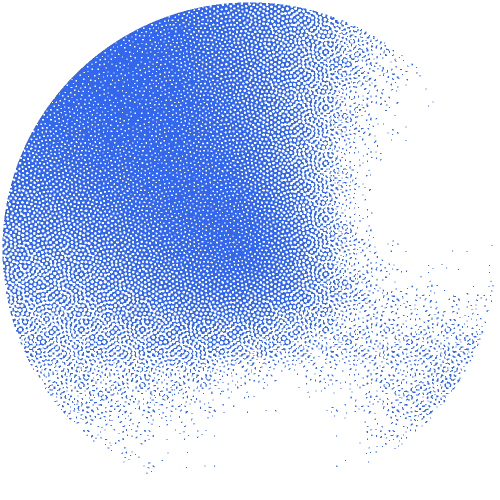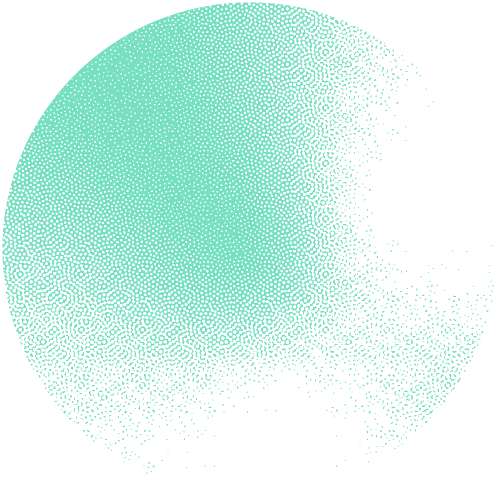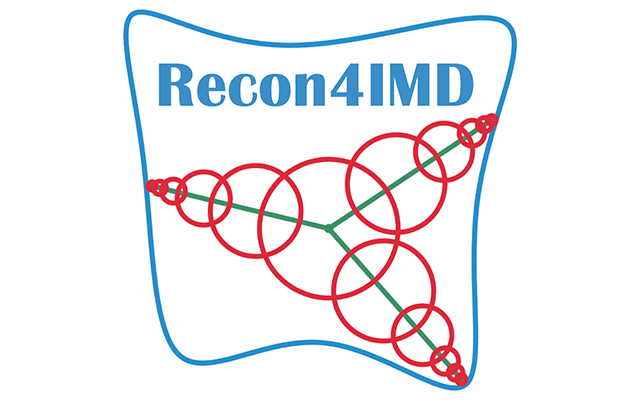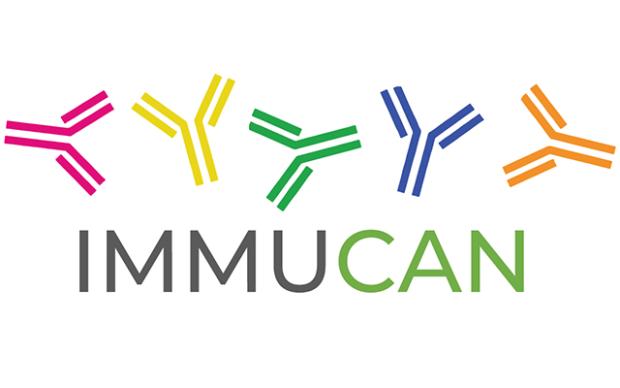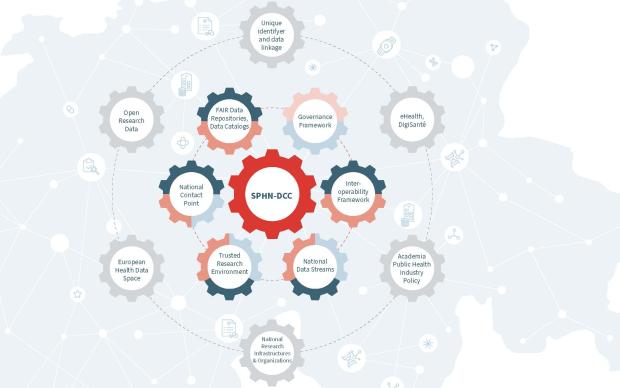Thousands of genes, enzymes, and biochemical reactions involved in inherited metabolic diseases (IMDs) are now included in the most complete digital map of human metabolic pathways to date. The map also significantly increases the number of lipid metabolism descriptions at the atomic level. The work was enabled by several SIB Resources as well as our expertise in data interoperability, data curation, and knowledge management – and forms the foundation of Recon4IMD, a joint Swiss/EU/UK-funded project to develop computational tools for rapid diagnosis and personalized treatment of rare IMDs.
Metabolic models combine prior knowledge of metabolic networks and biological data to help scientists understand both healthy body systems and diseases. They also support disease diagnostics and best therapy prediction based on analyses of DNA (genomic), protein (proteomic), and metabolic (metabolomic) data from individual patients.
Such models are built from a digital map of human metabolic pathways called a ‘metabolic network reconstruction’. The previous-generation reconstruction, Recon3, can only model 44% of IMDs – with either the associated gene or corresponding metabolic reaction missing for the remainder.
Recon4 will integrate these genes and reactions as well as detailed information on enzyme structure, enzyme function, and lipid metabolism. The Recon4IMD project will also be the first to apply modelling technology to IMDs in collaboration with clinicians and regulatory bodies to ensure its uptake in clinical settings.
Accelerating disease diagnosis and enabling personalized therapies
Inherited metabolic diseases comprise over 1,450 rare diseases, each caused by a genetic defect in a metabolic pathway. Diagnosis is challenging due to the large number of diverse IMD symptoms, many of which overlap with thousands of other rare diseases. This leads to an average delay of five years before patients receive appropriate treatment – with negative consequences for the approximately 1 in 800 babies born with an IMD.
Metabolic models combine prior knowledge of metabolic networks and biological data to help scientists understand both healthy body systems and diseases. They also support disease diagnostics and best therapy prediction based on analyses of DNA (genomic), protein (proteomic), and metabolic (metabolomic) data from individual patients.
Such models are built from a digital map of human metabolic pathways called a ‘metabolic network reconstruction’. The previous-generation reconstruction, Recon3, can only model 44% of IMDs – with either the associated gene or corresponding metabolic reaction missing for the remainder.
Recon4 will integrate these genes and reactions as well as detailed information on enzyme structure, enzyme function, and lipid metabolism. The Recon4IMD project will also be the first to apply modelling technology to IMDs in collaboration with clinicians and regulatory bodies to ensure its uptake in clinical settings.
To overcome this challenge, the 34 partners of the multidisciplinary Recon4IMD project will develop metabolic models and computational tools for diagnosing IMDs and informing personalized treatments. SIB contributes to the foundation of these models and tools: the most comprehensive digital map of human metabolic pathways to date, including all genes, enzymes, metabolites, and biochemical reactions involved in IMDs.
The first draft of this expanded map – including the first comprehensive descriptions of lipid metabolism, which is often impacted by IMDs – is now available to project partners as a knowledge graph that links high-quality information from different data sources, including four developed by SIB. Our scientists lead the development of the knowledge graph in collaboration with researchers at the National University of Ireland Galway and Osnabrück University. The work harnesses expertise in data interoperability, data curation, and knowledge management.
The final digital map, called Recon4 (see box), will not only improve outcomes for IMD patients, but also serve as a key resource for other biomedical research, including on diabetes, obesity, and neurological disorders. The work contributes to our mission to accelerate innovation in medicine and health through in-depth knowledge of biological data, cutting-edge technologies, and interdisciplinary collaborations.
The knowledge graph represents three resources developed by SIB – the expertly curated portion of the UniProt protein knowledgebase (UniProtKB/Swiss-Prot), the enzyme reaction knowledgebase Rhea, and the MetaNetX tool for reconstructing genome-scale metabolic networks – the Virtual Metabolic Human database led by researchers at the National University of Ireland Galway, and other sources of gene, metabolite, and clinical data.
Unlocking a treasure trove of biological data on IMDs
Publicly available data resources collectively contain extensive knowledge related to human metabolism, including IMDs. However, integrating these different sources into a single metabolic map is challenging, as the data are not structured or described in the same way across all resources.
The knowledge graph represents three resources developed by SIB – the expertly curated portion of the UniProt protein knowledgebase (UniProtKB/Swiss-Prot), the enzyme reaction knowledgebase Rhea, and the MetaNetX tool for reconstructing genome-scale metabolic networks – the Virtual Metabolic Human database led by researchers at the National University of Ireland Galway, and other sources of gene, metabolite, and clinical data.
SIB scientists made several key resources interoperable, and extended their comprehensiveness, by:
- harmonizing data descriptions and formats for 3,600 IMD-associated enzymes and their associated biochemical reactions (including lipid-specific reactions; see below), over 1,000 metabolites, and 350 IMD-associated genes;
- reconciling data differences between the different resources;
- curating the data to include further published information.
Led by SIB’s Vital-IT Computational Biology group, the work involved extensive literature reviews to identify new knowledge, ensure data accuracy, and ensure correct data alignment.
The cross-mapped data can be accessed via a knowledge graph that project partners can already use – and which will automatically update as new data and information are added to each of the five resources, as well as flag any quality issues. This enables the efficient integration of new, reliable information into Recon4 as well as ongoing knowledge propagation between globally important data resources.
Adding an essential missing brick of knowledge
The Recon4IMD project particularly addresses a major gap in previous maps of human metabolic pathways: lipid metabolism. This is disrupted in many IMDs, resulting in a build-up of lipid metabolites in cells and tissues that can cause severe, and even fatal, damage.
SIB’s Swiss-Prot and Vital-IT Computational Biology groups lead work to include chemically precise structures and reactions of all human lipid metabolites in Recon4. In addition to integrating new experimental knowledge into the Rhea and UniProt resources as part of the work described above, the team also harnessed Rhea and another SIB Resource, SwissLipids, to generate millions of theoretically possible lipid metabolite structures and reactions.
The work is ongoing, with all outputs being integrated into the knowledge graph. This updating and interconnection of data and knowledge on lipid metabolism in different public resources also benefits researchers outside the Recon4IMD project.
Reference(s)
Image credit: Recon4IMD project
